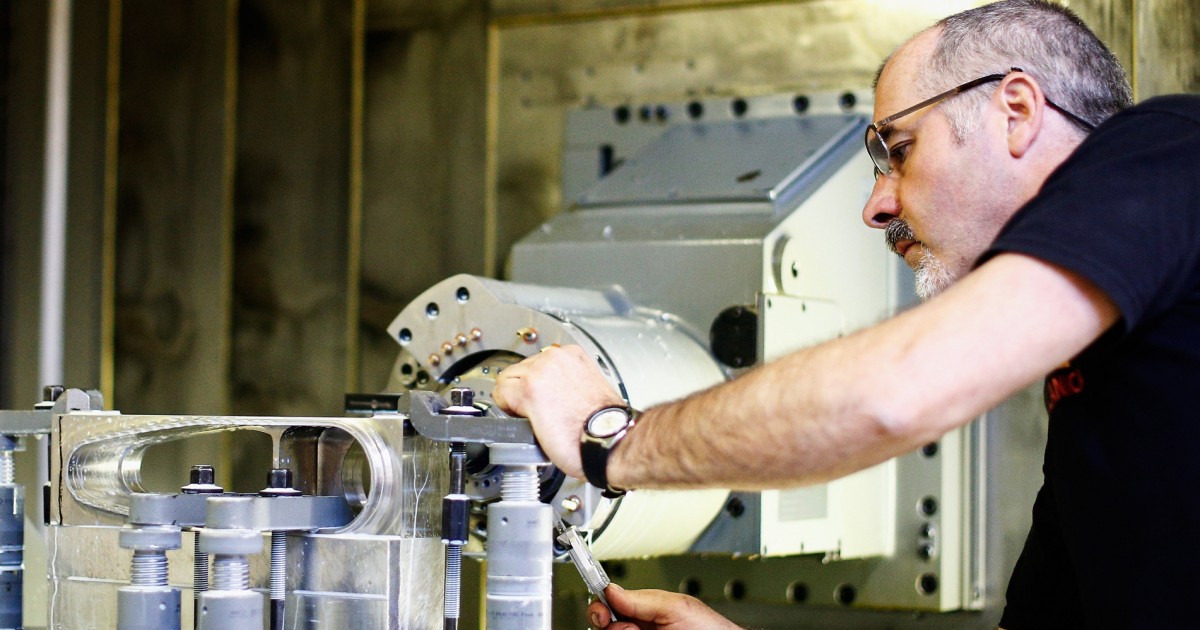
Gyroscope
A gyroscope is a device that uses the principle of angular momentum to measure or maintain orientation. In spacecraft, gyroscopes are used to provide attitude control and stabilization, allowing the spacecraft to maintain a desired orientation in space. They are also used in navigation systems to measure changes in orientation and calculate the spacecraft's position and velocity. Gyroscopes can be mechanical, optical, or based on micro-electromechanical systems (MEMS) technology. Mechanical gyroscopes use a spinning mass to maintain orientation, while optical gyroscopes use the interference of light waves to measure changes in orientation. MEMS gyroscopes use tiny vibrating structures to detect changes in orientation. Gyroscopes are critical components in spacecraft and are used in a variety of applications, including satellite communication, Earth observation, and deep space exploration.
Your Previous Searches
Random Picks
- Landing Configuration: In the context of aerospace engineering, landing configuration refers to the specific arrangement or setting of an aircraft's systems, structures, and components to optimize its performance and safety during landing. This includes the posit ... Read More >>
- Long-period Comets: Long-period comets are comets with an orbital period greater than 200 years. They originate from the Oort Cloud, a hypothetical cloud of icy objects located beyond the Kuiper Belt, and are believed to be remnants from the early Solar System ... Read More >>
- Mars Exploration Rovers: Mars Exploration Rovers (MER) are a pair of robotic vehicles that were sent to Mars in 2003 to study the planet's geology and search for signs of past water activity. The rovers, named Spirit and Opportunity, were designed to operate for 90 ... Read More >>
Top News

SpaceX's Fram2 returns from first-of-its-kind mission around Earth's poles...
The Fram2 mission, paid for and led by a cryptocurrency billionaire who is flying with three guests, has returned after a journey on a unprecedented polar orbit....
News Source: CNN on 2025-04-04

Scientists release plans for an even bigger atom smasher to address the mysterie...
GENEVA — Top minds at the world’s largest atom smasher have released a blueprint for a much bigger successor that could vastly improve research into the remaining enigmas of physics....
News Source: NBC News on 2025-04-01

Scientists release plans for even bigger atom smasher along the French-Swiss bor...
Scientists at the world’s largest atom smasher have released a blueprint for a much bigger successor that could help solve enigmas of physics, starting in the mid-2040s at a cost of about $16 billio...
News Source: ABC News on 2025-04-01

The 'Blaze Star' hasn't exploded yet, but it could soon...
T Coronae Borealis has an outburst every 79 to 80 years, according to NASA....
News Source: ABC News on 2025-03-28
I visited the sprawling 'metroburb' where 'Severance' is filmed. It's a 2 millio...
Bell Works, the real office complex that doubles as Lumon on "Severance," is redefining what an office can be....
News Source: Business Insider on 2025-03-28